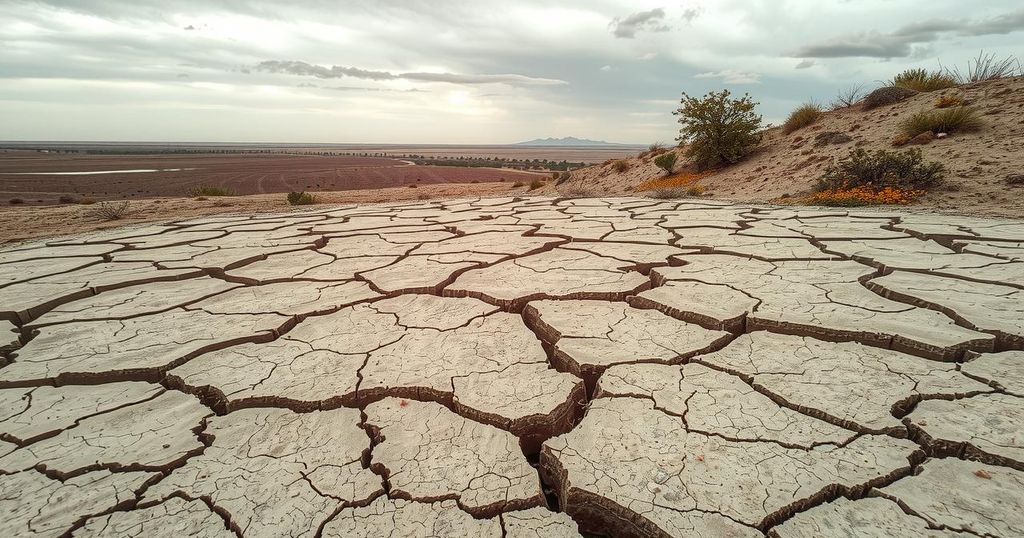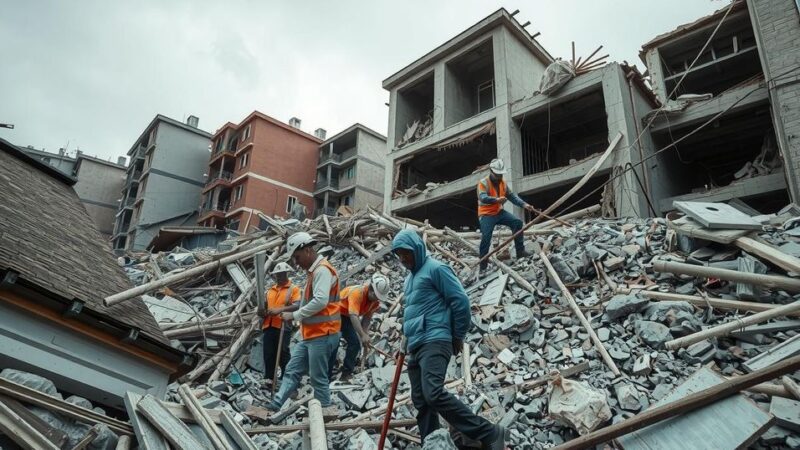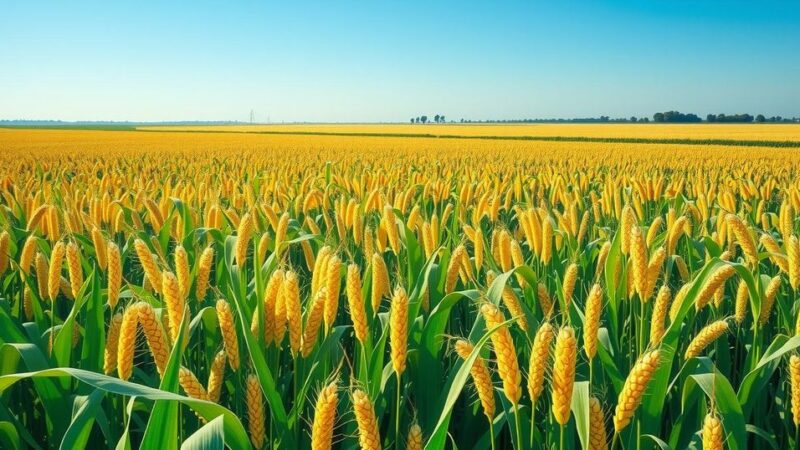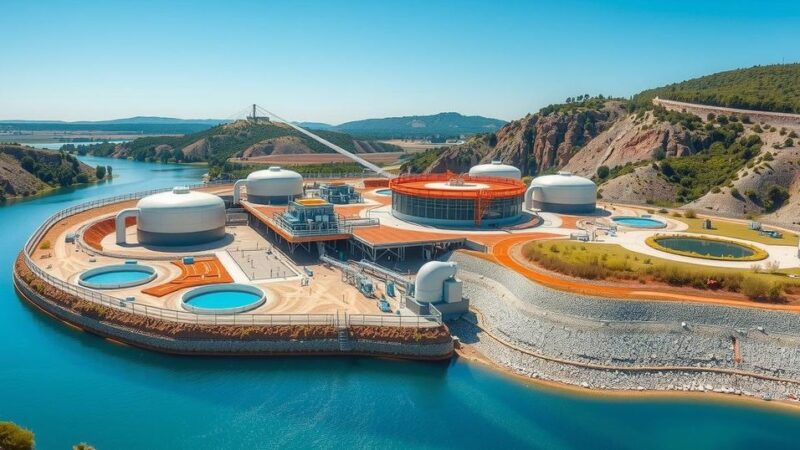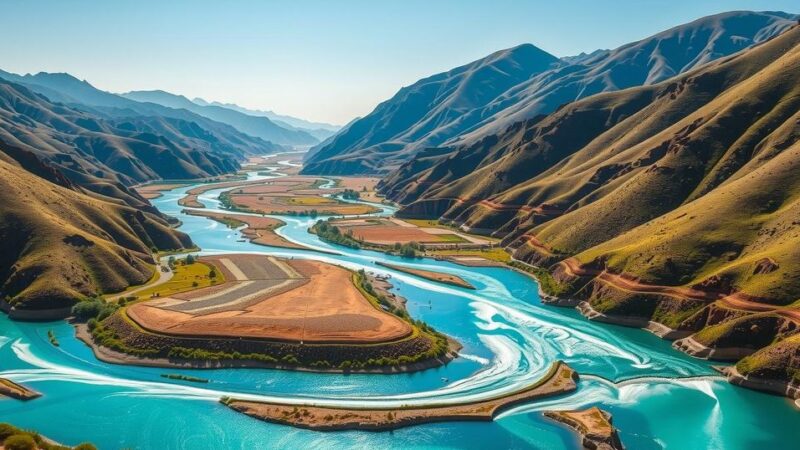This article highlights critical facts about South Africa’s water crisis, revealing that 50% of potable water is lost due to inefficiencies, over 3 million people lack access to basic supply, and 40% less rainfall occurs than the global average amidst alarming public health consequences due to water scarcity.
Water stands as one of the most crucial resources, fundamental to life, as stated by the South African Department of Water and Sanitation. As World Water Day approaches, it becomes vital to examine both global and local water conditions, particularly in South Africa. This article elucidates impactful facts that amplify our awareness and appreciation for this essential element.
A staggering 50% of South Africa’s potable water is categorized as Non-Revenue, indicating substantial losses within the system due to inefficiencies and leaks. Moreover, over three million South Africans lack access to basic water supplies, reflecting a troubling disparity in resource distribution.
In areas such as Johannesburg, approximately 52% of individuals residing in informal settlements are compelled to construct their own pit latrines, underscoring the urgent issue of inadequate sanitation. The global ramifications of water scarcity are stark; the United Nations Development Programme reports that illness due to insufficient or contaminated water results in a loss of 443 million school days annually.
The South African Human Rights Commission highlights the grave public health crisis, revealing that 115 individuals in Africa succumb to water-related diseases every hour. Compounding the issue, South Africa receives about 40% less rainfall than the global average, exacerbating the water scarcity predicament within the nation.
While the global average for water use stands at 173 liters per person daily, South Africa’s average is 237 liters, despite its classification as a water-scarce country. Of the water consumed, 61% is allocated to the agricultural sector, 27% to households, and 7% to industry, according to the Council for Scientific and Industrial Research (CSIR).
The Blue Drop Report indicates a concerning lack of compliance, with 24 out of 144 Water Services Authorities showing no effort towards meeting Blue Drop standards, while 40 are in critical distress. The Water Services Act stipulates a minimum supply of 25 liters per person per day; however, during Cape Town’s water restrictions, known as ‘Day Zero’, the average consumption reached 50 liters per person per day, illustrating the severity of the crisis.
In summary, South Africa’s water crisis reveals multifaceted challenges, including significant water loss, restricted access for millions, and alarming public health outcomes. Acknowledging these facts is vital for understanding the importance of water management and conservation in a country facing severe water scarcity. Collaborative efforts are crucial to address these pressing issues and ensure equitable access to this essential resource.
Original Source: infrastructurenews.co.za
